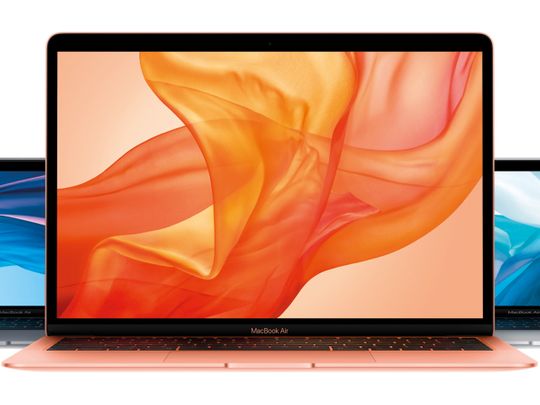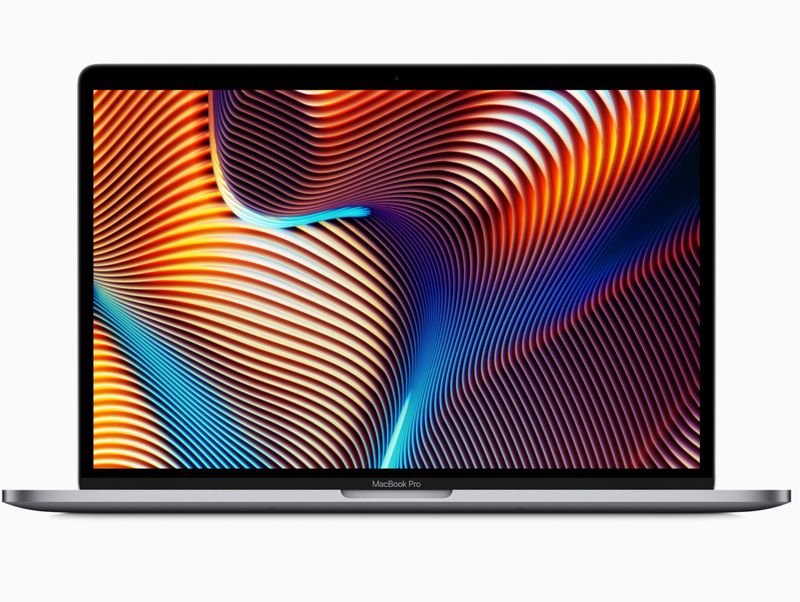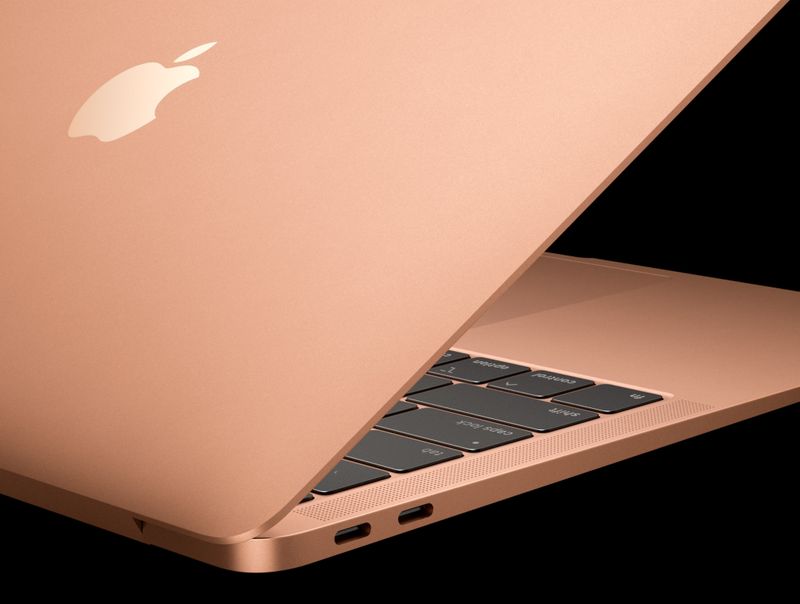
The first thing that becomes apparent when you pick up Apple’s 2018 MacBook Air, the first major update to the model since 2015, is that it’s no longer the lightest laptop in the Apple family.
It is noticeably heavier than the 12 inch MacBook. It is also thicker.
But there is a good reason for this: The 2018 MacBook Air is one of Apple’s strongest laptops to date, and comes stocked with impressive specifications, including an advanced Retina display and new processors.
Once a laptop of choice for many who preferred Apple products but didn’t feel it necessary to sell their car to afford one of the higher-end models such as the MacBook Pro, the Air has been reinvented for 2019.
This long-awaited update means that the MacBook Air has improved dramatically since its last iteration. But will it enjoy the same success as its predecessors?
How is this one different
Let’s start with the basics: Like all Apple products, the laptop enjoys an impressive build quality, with a smooth aluminium finish, a sturdy keyboard, and a durable outer shell.
Apple’s brilliant force-touch trackpad is now more spacious, responsive, and gives users room to manoeuvre and manipulate the laptop.
Sound quality from the laptop’s two vertical speaker bars is top notch, and the new Retina screen is bright and crisp. Not quite as bright, it must be said, as the MacBook Pro, but the difference is marginal.
The other noticeable thing about the new screen is that Apple has done away with the large bezels, or borders, from the old MacBook Air. Instead, the company now employs the same thin black borders around the screen as visible on Apple’s other laptop models.
This gives the laptop a much more modern look compared to its predecessor, which in contrast now looks a bit dated and clunky.
One of the best things about the new MacBook Air is the Touch ID fingerprint sensor. A small black pad located on the top right-hand side of the keyboard that doubles up as a power button, the laptop owner can scan their fingerprint to unlock the laptop, use Apple Pay to buy things online, and authorise purchases on the iTunes store.
The Touch ID function is, in my opinion, the best use of Apple’s facial or fingerprint recognition systems in any of its devices. In well over 150 uses of the Touch ID to unlock the laptop, it has not failed me once.
Compare that to Face ID, the inconsistent facial recognition system on the iPhone, which some days will fail to unlock the phone even a handful of times, and the achievement becomes even more impressive.
Unlike on the top-end MacBook Pro, there is no Touch Bar on this new MacBook Air, which will come as a relief to many. The Touch Bar has received middling reviews since its introduction in 2016, and the space needed to accommodate the feature would have encroached on the Air’s compact and functional design.
Under the hood, the updated MacBook Air is greatly improved, and will meet almost every requirement for day-to-day use.
The laptop we tested had an eighth-generation Intel Core i5 processor, which supplied more than enough engine power to handle most tasks simultaneously, whilst feeling sharp and reliable.

Performance, battery
Predictably, performance begins to suffer only when running rigorous, taxing tasks, such as editing heavy video footage.
In terms of battery, the 2018 MacBook Air will meet the needs of most. Typically, the laptop lasts almost an entire working day, running Spotify, playing videos on YouTube, browsing dozens of open tabs on Google Chrome, typing on word processors, using multiple productivity apps, and messaging people on WhatsApp.
The laptop strikes a good balance between these two things: It has ample power for the average user, but with a battery life that will satisfy most.
As something of a perceived entry-level Apple laptop, the starting price of Dh5,099 is steep, and several thousand dirhams more expensive than the Dh3,118 Air model sold previously, but there is certainly more than enough bang for your buck.
Since the MacBook Air was first introduced in 2009, the market for slim-yet-capable laptops has blossomed, and turf that Apple once stood on alone is now prowled by a number of other, more affordable competitors.
Huawei, Dell, and Microsoft all make equally fast, and in many cases cheaper, laptops now, rivalling Apple for processing power, if not sexiness or brand strength.
But for those who value the reliability of Apple and the integration of their iPhones or Apple Watches with their laptops, the extra cost will be brushed off.
The new MacBook Air has also been billed by Apple as “the greenest Mac ever,” made from recycled aluminium with a recycled tin motherboard and post-consumer plastic, which should appeal to a more environment-conscious demographic.
Ultimately, the new Air sits comfortably between Apple’s smallest 12 inch MacBook, and it’s much more expensive 13 inch MacBook Pro, despite increasingly similar specifications and price points.
For a laptop this powerful, usable, and beautifully engineered, it is a welcome addition to the company’s roster, and is likely to find a great number of fans among those looking for a computer that is easy to carry around, but quick enough to handle a heavy workload.

One of Apple’s best laptops in recent years, the updated MacBook Air will do everything you need it to, with performance, battery life, and quality that still makes it stand out from the competition, despite an increasingly busy field.
Specifications of tested laptop:
MacBook Air (Retina, 13-inch, 2018)
1.6 GHz Intel Core i5
8 GB 2133 MHz LPDDR3
Intel UHD Graphics 617 1536 MB
Prices start Dh5,099













